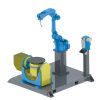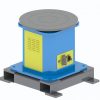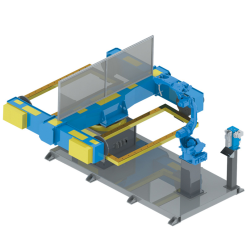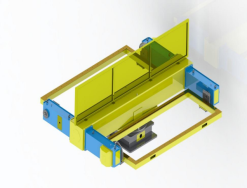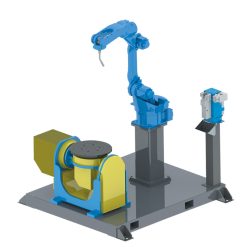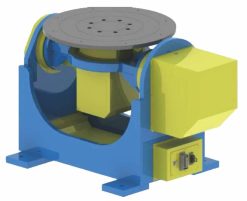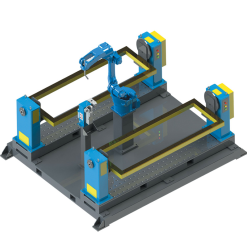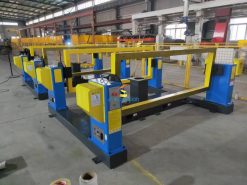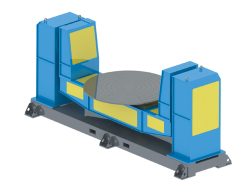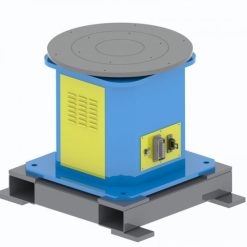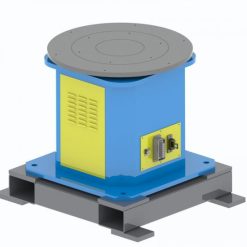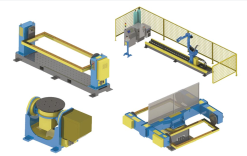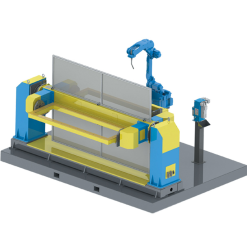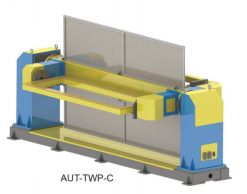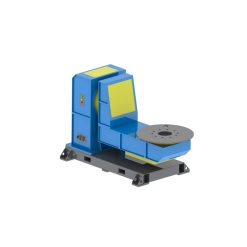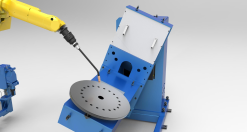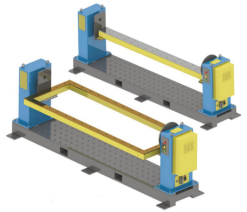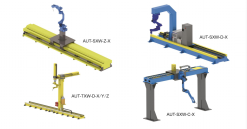Description
Single Axis Spindle Rotary Table Welding Robot Servo Positioner SWP-Z-500
- A robot welding positioner is a specialized piece of equipment used in automated welding operations to manipulate and position the workpiece in the optimal orientation for welding by a welding robot. The positioner consists of a rotating table or chuck that can be tilted or rotated in various directions to adjust the workpiece’s position. The table or chuck is typically powered by an electric motor or hydraulic system, which allows for precise control over the workpiece’s movement.
- Robot welding positioners are commonly used in manufacturing and fabrication applications, where welding robots are used to perform repetitive welding tasks on large or complex workpieces. The positioner allows the robot to maintain a consistent welding angle and position, which can improve welding quality and productivity.
- Using a robot welding positioner can also help to reduce the risk of injury or strain to the welding robot, as it minimizes the need for the robot to reposition itself or manipulate the workpiece manually. This can lead to longer service life for the robot and reduces maintenance costs.
- Robot welding positioners come in a variety of sizes and configurations, depending on the specific welding application and workpiece size and weight. They can be integrated into automated welding systems, which can include multiple robots and positioners, to further improve welding efficiency and quality. The use of robot welding positioners can also help to reduce labor costs and improve overall production throughput.
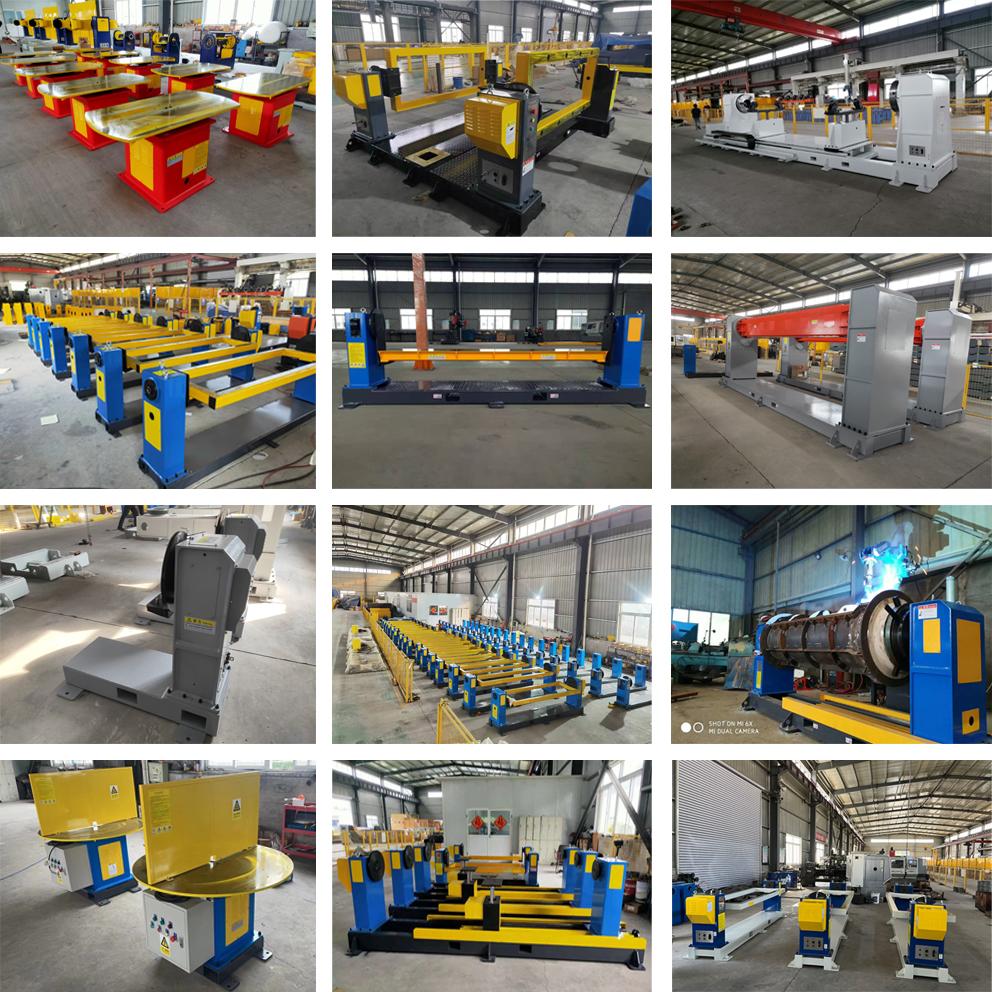
Advantages
- Increased Productivity: Robot welding positioners can improve productivity by reducing the time required for setup and repositioning of the workpiece. They can also allow for continuous operation, as the robot can weld continuously while the positioner rotates the workpiece.
- Improved Weld Quality: When welding a complex or intricate part, it can be difficult for a human welder to maintain consistent weld quality throughout the entire part. A robot welding positioner can ensure that the weld is applied consistently to the entire part, resulting in higher quality welds.
- Better Ergonomics: Welding can be a physically demanding and tiring task. Using a robot welding positioner can reduce the need for operators to perform repetitive motions or to lift and move heavy parts, reducing the risk of injury and improving ergonomics.
- Increased Safety: Welding can be a hazardous activity, with the risk of burns, fumes, and other safety hazards. A robot welding positioner can help to reduce the risk of injury by allowing the operator to perform the welding from a safe distance.
- Cost Savings: Robot welding positioners can help to reduce labor costs by automating the welding process. They can also help to reduce material waste by ensuring that the weld is applied consistently and accurately, reducing the need for rework or scrap.
Specs
| No. | Item | SWP-Z-200 | SWP-Z-500 |
| 1 | Rated load | 200kg (within main axis radius R300mm, center of gravity ≤ 300mm from flange) | 500kg (within main axis radius R400mm, center of gravity ≤ 300mm from flange) |
| 2 | Standard radius of rotary | R600mm | R600mm |
| 3 | Maximum angle of rotary | ±360° | ±360° |
| 4 | Rated speed of rotary | 70°/S | 70°/S |
| 5 | Repeated positioning accuracy | ±0.08mm | ±0.10mm |
| 6 | Main axis rotary disk size | φ360mm | Φ400 |
| 7 | Positioner dimension(L×W×H) | 1050mm×620mm×1050mm | 1200mm×750mm×1200mm |
| 8 | Height of rotary center | 850mm | 900mm |
| 9 | Power supply | Three phase 200V ±10% 50Hz (with isolation transformer) | Three phase 200V ±10% 50Hz (with isolation transformer) |
| 10 | Insulation grade | H | H |
| 11 | Self weight | about 200kg | about 300kg |
Application

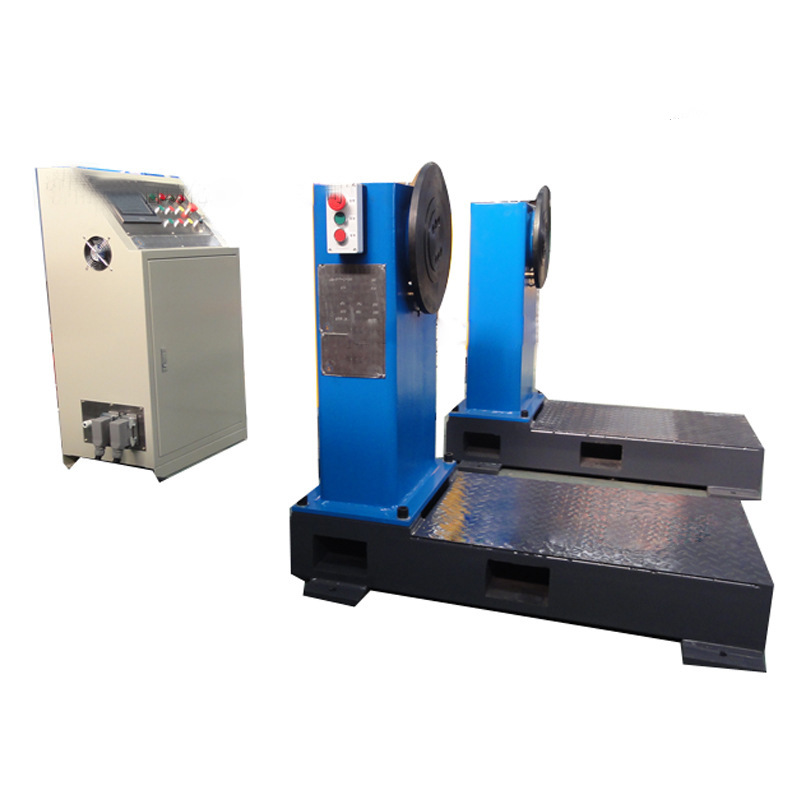
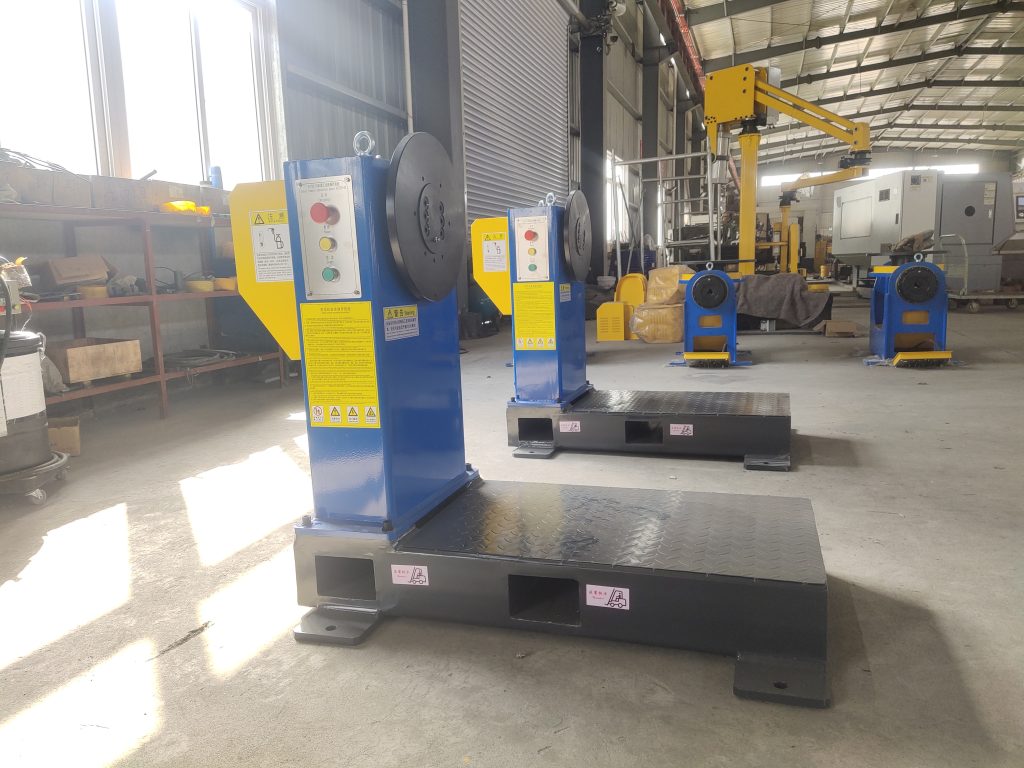
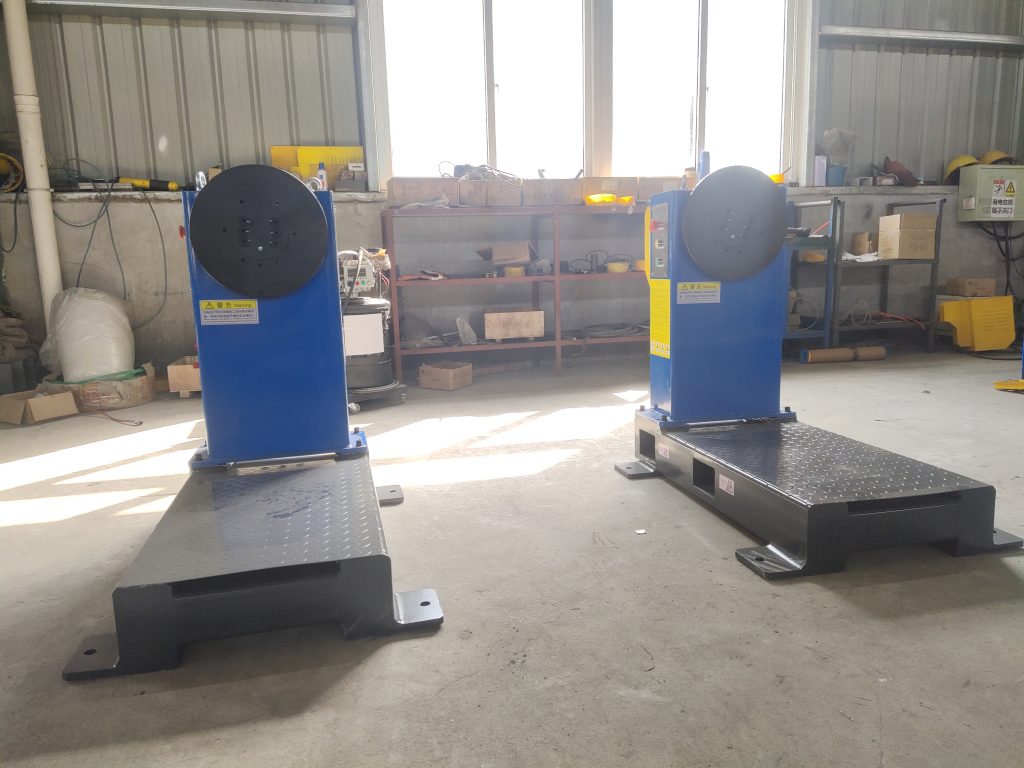
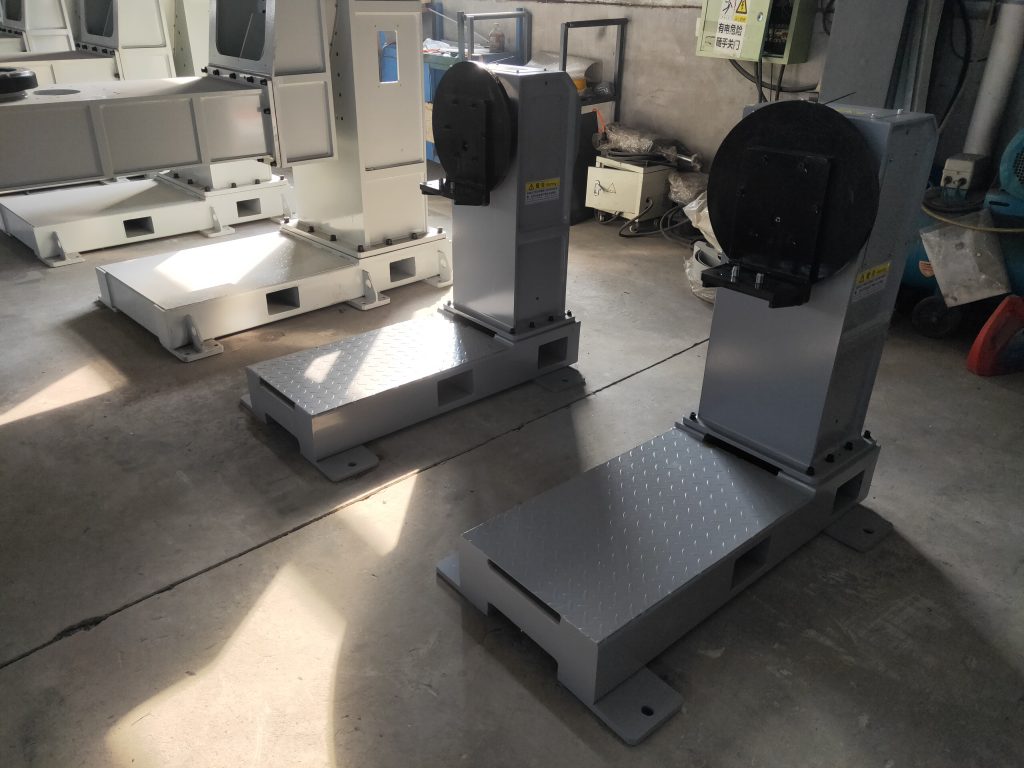
Packing details
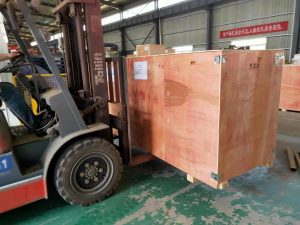
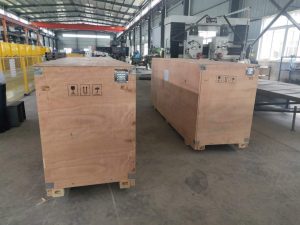

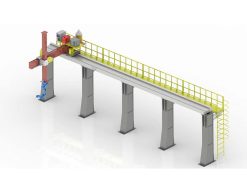 Robot Linear track
Robot Linear track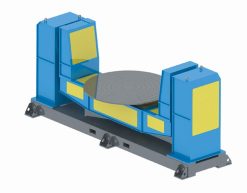 Robot welding Positioner
Robot welding Positioner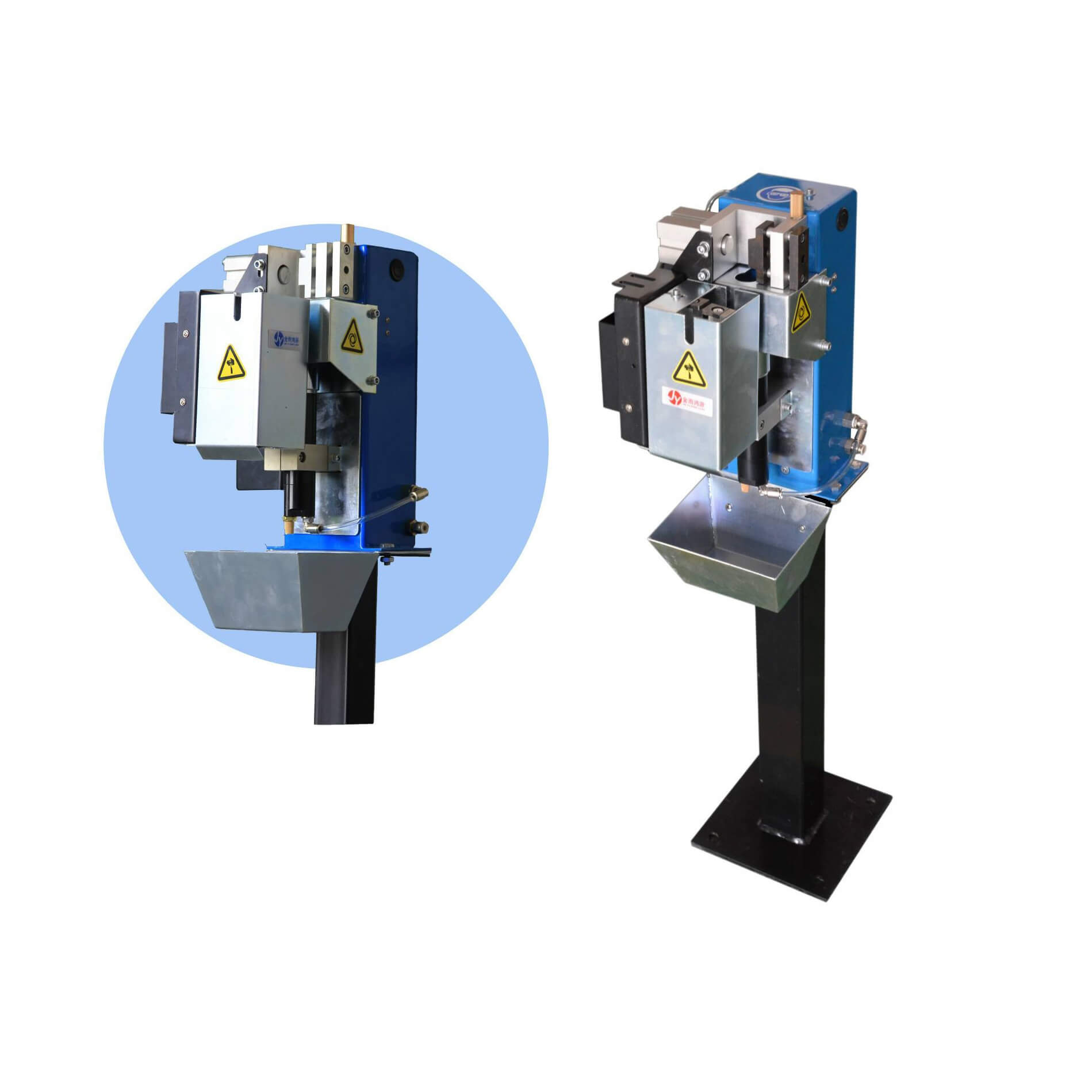 Robot Torch cleaning station
Robot Torch cleaning station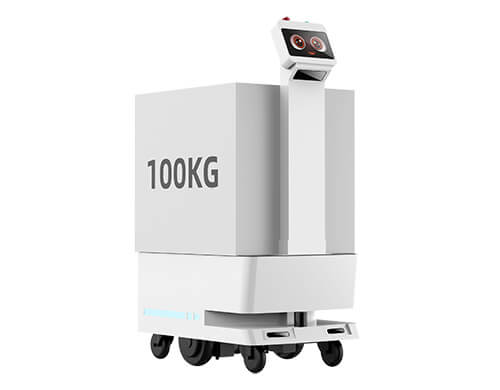 Factory delivery robot
Factory delivery robot
